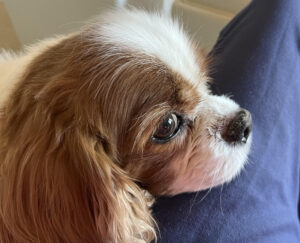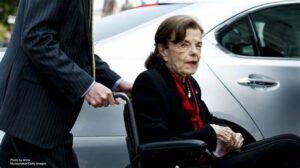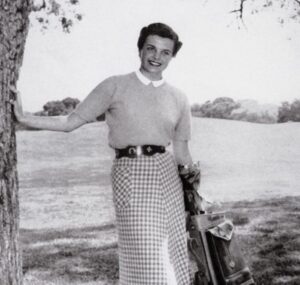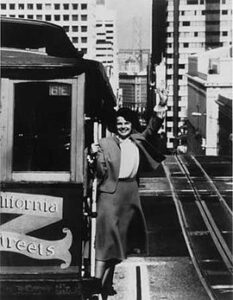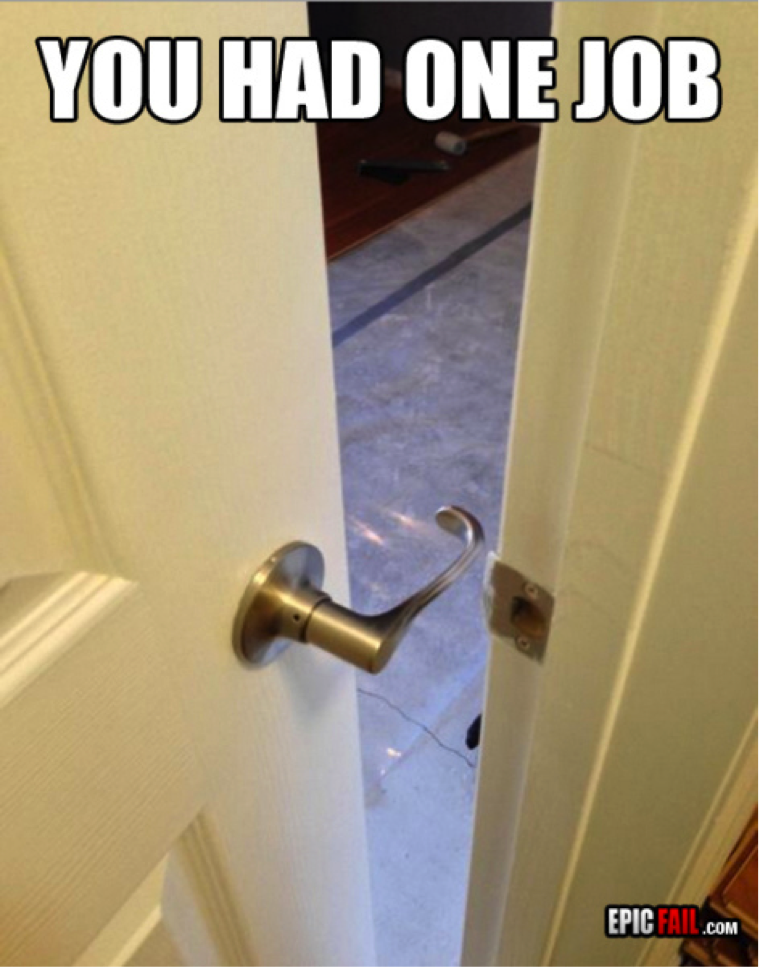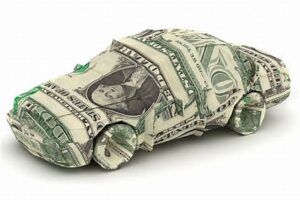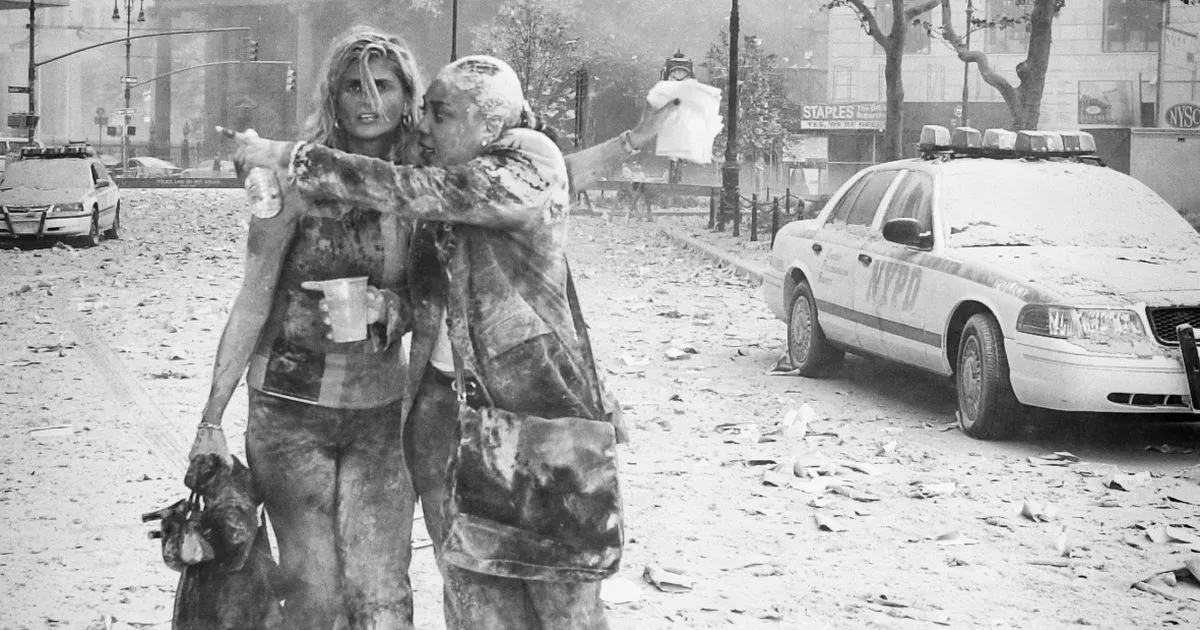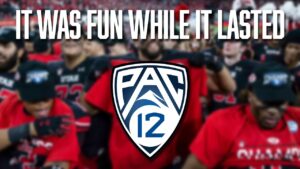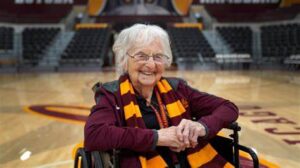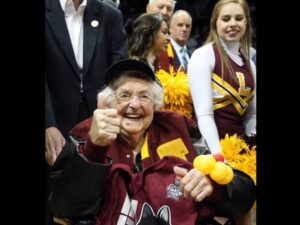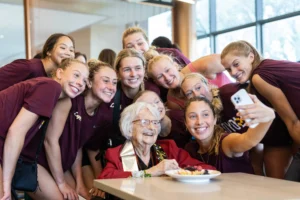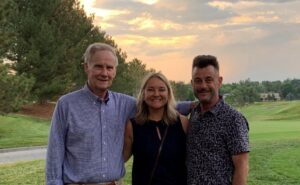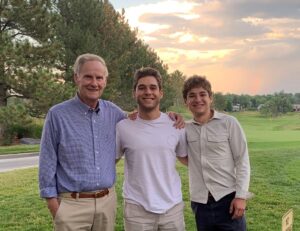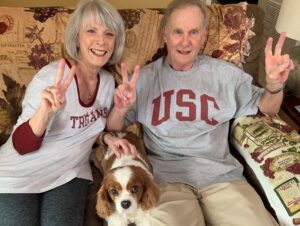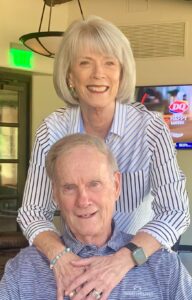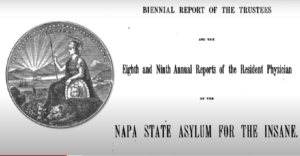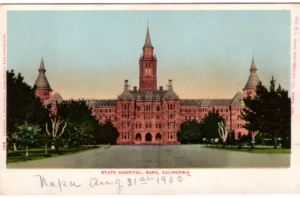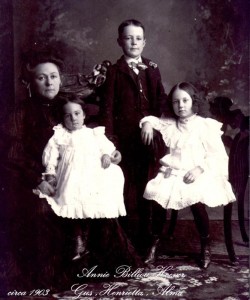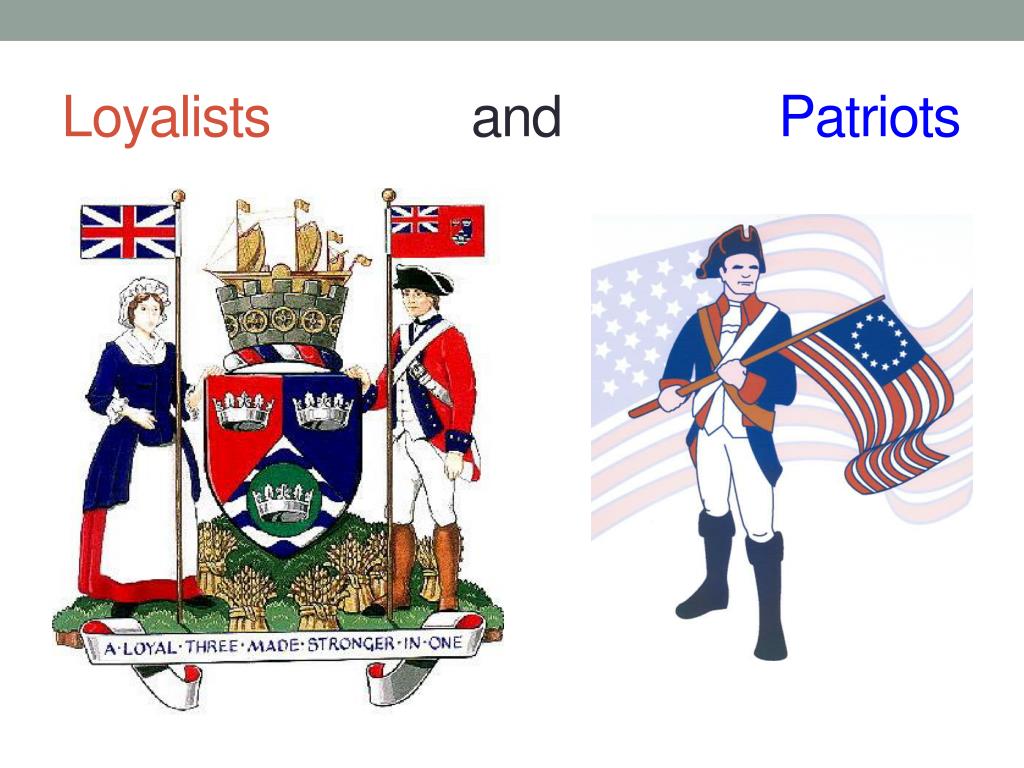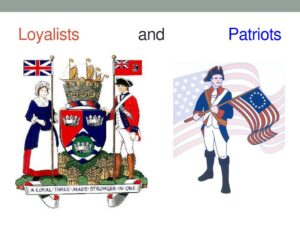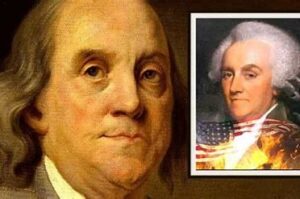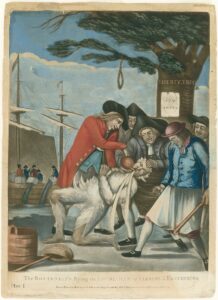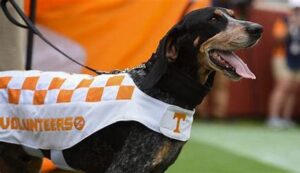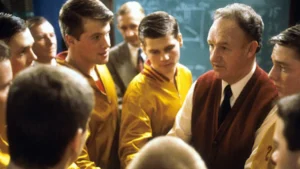By Suzanne Sparrow Watson
It’s that time of year again, when we perform a public service by providing a list of “can’t miss” gifts for those you love. Or hate. You get to choose.
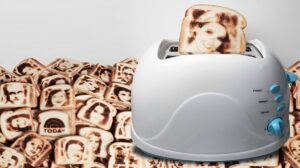 First up, for the narcissist, the Selfie Toaster. It’s a toaster that puts your picture on every slice of toast. Those of you who are long-term subscribers know my dislike for selfies and this gift seems to exemplify everything that is wrong about the constant need to see yourself. Plus, the manufacturer recommends using white bread to get the best image. I say people who need to view themselves on toast at the breakfast table deserve all of the bad nutrition white bread offers.
First up, for the narcissist, the Selfie Toaster. It’s a toaster that puts your picture on every slice of toast. Those of you who are long-term subscribers know my dislike for selfies and this gift seems to exemplify everything that is wrong about the constant need to see yourself. Plus, the manufacturer recommends using white bread to get the best image. I say people who need to view themselves on toast at the breakfast table deserve all of the bad nutrition white bread offers.
 While we’re on food, for the pizza lover I suggest The Pizza Pouch. It conveniently holds a slice, either between bites or, if they want to save it for later, it can be slid into the pizza pouch and worn around the neck until they’re hungry. Not only will it keep the pizza slice nice and fresh, but it’ll also keep their pockets from getting greasy from stuffing pizza slices into their pants pockets, like normal people do.
While we’re on food, for the pizza lover I suggest The Pizza Pouch. It conveniently holds a slice, either between bites or, if they want to save it for later, it can be slid into the pizza pouch and worn around the neck until they’re hungry. Not only will it keep the pizza slice nice and fresh, but it’ll also keep their pockets from getting greasy from stuffing pizza slices into their pants pockets, like normal people do.
 And continuing on the ingestion theme, why not get that wine lover on your list The Wine Bra? Although the one in the photo is for women, they also make a version for men that wraps around their waist, so it looks like a beer belly. This gift is convenient, whether the person is at a party or simply trying to sit through a boring sermon in church. Who doesn’t need a bra that provides a little lift?
And continuing on the ingestion theme, why not get that wine lover on your list The Wine Bra? Although the one in the photo is for women, they also make a version for men that wraps around their waist, so it looks like a beer belly. This gift is convenient, whether the person is at a party or simply trying to sit through a boring sermon in church. Who doesn’t need a bra that provides a little lift?
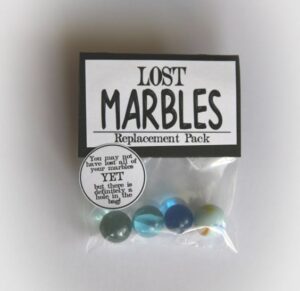 Right about now you might be thinking I’ve lost my marbles. You could be right. But I know I’m not alone and if you have a friend like me I have the perfect gift suggestion: their Lost Marbles. The trick will be getting them to remember where they left their marbles. That seems to be a growing problem.
Right about now you might be thinking I’ve lost my marbles. You could be right. But I know I’m not alone and if you have a friend like me I have the perfect gift suggestion: their Lost Marbles. The trick will be getting them to remember where they left their marbles. That seems to be a growing problem.
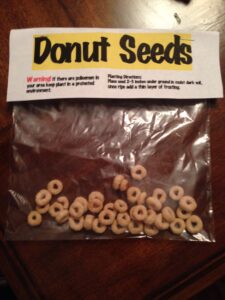 And speaking of growing, how about tormenting the children in your family? You can give the perfect stocking stuffer: Donut Seeds! Imagine all the fun you will have watching them bury Cheerios in the back yard and expectantly waiting for donuts to appear. Strap on the wine rack bra and you really have the perfect night of entertainment.
And speaking of growing, how about tormenting the children in your family? You can give the perfect stocking stuffer: Donut Seeds! Imagine all the fun you will have watching them bury Cheerios in the back yard and expectantly waiting for donuts to appear. Strap on the wine rack bra and you really have the perfect night of entertainment.
 For the hirsute man in your life, I offer up the Beard Bouquet. Just think of the chills that will run up your spine when you open the door and these flowers are offered. Personally, all I can think of is that the flowers and leaves add more bacteria to facial hair that is already harboring food particles from yesterday’s breakfast. I wouldn’t accept these flowers even if they were adorned on one of the Kelce brothers.
For the hirsute man in your life, I offer up the Beard Bouquet. Just think of the chills that will run up your spine when you open the door and these flowers are offered. Personally, all I can think of is that the flowers and leaves add more bacteria to facial hair that is already harboring food particles from yesterday’s breakfast. I wouldn’t accept these flowers even if they were adorned on one of the Kelce brothers.
 Finally, a joke gift with a bit of sentimentality: The Inflatable Cow. This gift may not be for everyone, but for me and one of my oldest friends, it is perfection itself. Thirty-five years ago, we moved into houses across the street from each other, and became best friends. We prided ourselves in coming up with funny practical jokes. One year she burned her Christmas Cornish game hens and they “ding dong ditched” us with them. The next night we tied red ribbons around the game hens and hung them from the maple tree in their front yard. I could go on and on about all the goofy, fun tricks we played on each other, but one of the best happened on a dark December night when drove onto our street and found a huge plywood cow, adorned with twinkling Christmas lights, on our front lawn. It was a priceless sight. This year, Alan has died, and her husband just went into a memory care home. We are a long way from those fun, stupid jokes. But when I saw this inflatable cow, I couldn’t help but smile and think of all the fun from that wonderful time in our lives.
Finally, a joke gift with a bit of sentimentality: The Inflatable Cow. This gift may not be for everyone, but for me and one of my oldest friends, it is perfection itself. Thirty-five years ago, we moved into houses across the street from each other, and became best friends. We prided ourselves in coming up with funny practical jokes. One year she burned her Christmas Cornish game hens and they “ding dong ditched” us with them. The next night we tied red ribbons around the game hens and hung them from the maple tree in their front yard. I could go on and on about all the goofy, fun tricks we played on each other, but one of the best happened on a dark December night when drove onto our street and found a huge plywood cow, adorned with twinkling Christmas lights, on our front lawn. It was a priceless sight. This year, Alan has died, and her husband just went into a memory care home. We are a long way from those fun, stupid jokes. But when I saw this inflatable cow, I couldn’t help but smile and think of all the fun from that wonderful time in our lives.
I hope some of these stupid gifts bring a smile to your face too. If not, try taking a smiling selfie and put it on a piece of toast.
customized plates that ensure your face is successfully imprinted on every slice of toast it serves up. Anyone ordering simply needs to upload a selfie (the bigger, the better) recommends white bread for the best imprint,

